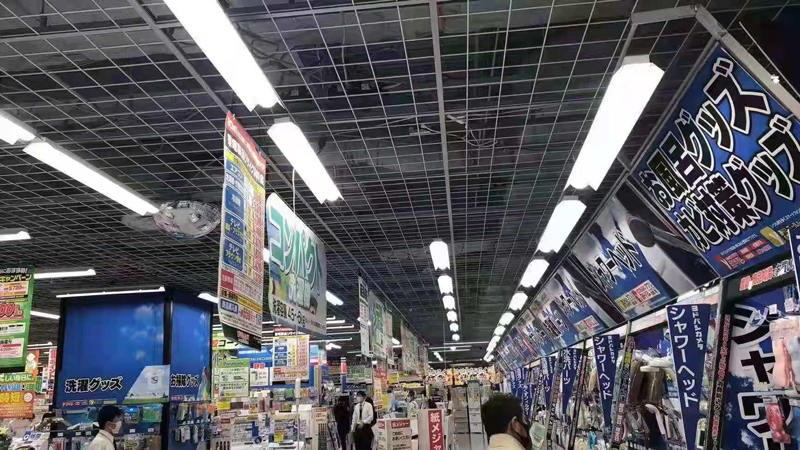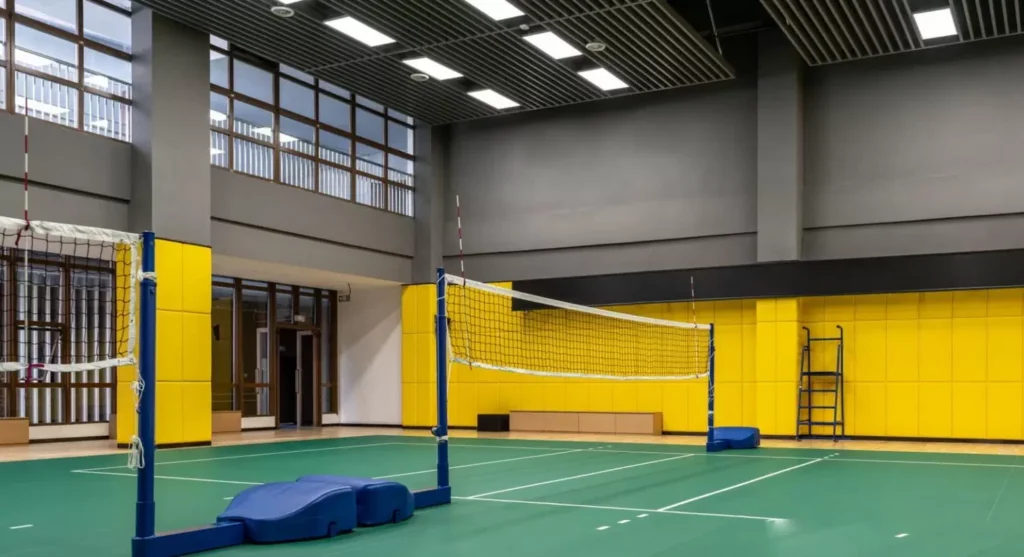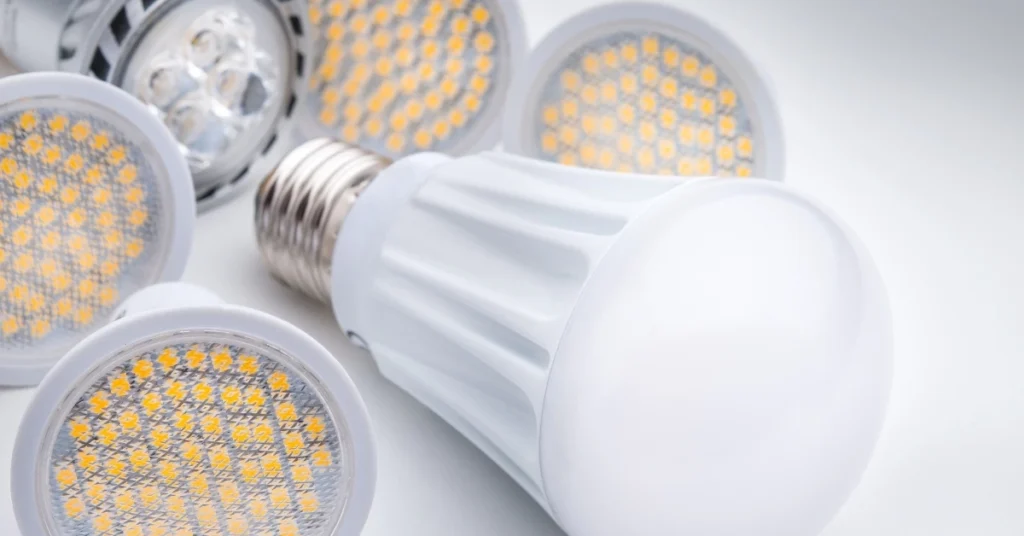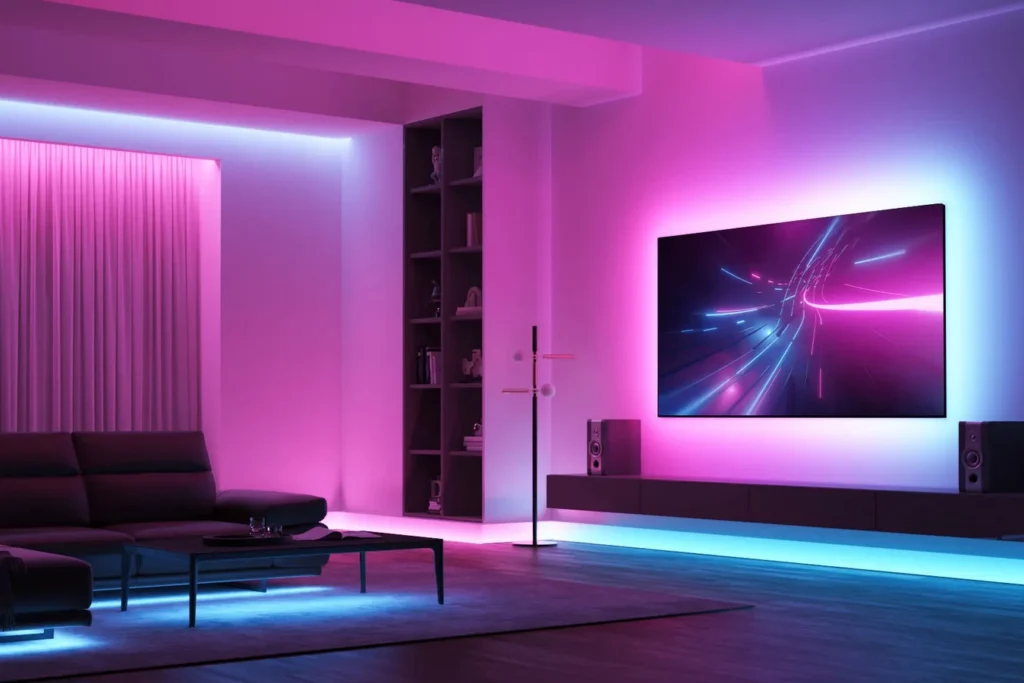目录
切换导言
照明在现代生活中起着举足轻重的作用,从提高生产率到降低能耗,不一而足。本指南将把 LED 照明与白炽灯泡和荧光灯等传统选择进行比较。最后,你将明白为什么 LED 灯是住宅、工业和商业照明的上佳选择。
什么是 LED 灯?
LED (发光二极管)是一种通过电致发光产生光的高效半导体器件。传统的白炽灯通过加热灯丝发光,而 LED 照明则不同,它只需极少的热量就能发光。
此外,LED 灯发光效率高,更节能。您可以参阅有关 LED 等效功率.有关 LED 所用材料的详细分类,请阅读 LED 照明是由什么制成的?
LED 照明 vs 荧光灯管 vs 白炽灯
LED 照明的最大优势在于光电转换效率。
- 现代 LED 可将 90% 的电能转化为可见光,光效通常超过 150 lm/W。
- 依靠钨丝发热的白炽灯会将 93% 的能量以红外辐射的形式浪费掉,只有 7% 的能量转化为光。
- 虽然荧光灯比白炽灯有所改进,但其工作原理是先将电能转化为紫外线,然后通过荧光粉将紫外线转化为可见光,从而造成 40% 的能量损失。查看有关 LED 可见光。
| 规格 | LED 灯 | 荧光灯 | 白炽灯 |
|---|---|---|---|
| 光效(lm/W) | 80~200 | 40~70 | 8~15 |
| 寿命(小时) | 25,000~50,000 | 6,000~15,000 | 750~2,000 |
| 启动时间 | 瞬时(< 0.1 秒) | 0.5~3 秒(带预热功能) | 即时 |
| 显色指数 (CRI) | 70~98(高级版为 90+) | 60~85 | 95~100(自然光) |
| 散热比 | < 20% | 40% | > 90% |
| 紫外线辐射 | 无 | 低(可能含有紫外线) | 中型(主要是红外线) |
| 汞含量 | 0 毫克 | 3~5 毫克/单位 | 0 毫克 |
| 工作温度 | -40°C至+85°C(稳定) | -10°C至+60°C(寒冷环境下难以启动) | 受环境影响较小 |
虽然 LED 的初始成本较高,但使用寿命长,维护要求低。它们可以大大节省电费,投资回收期不到两年。
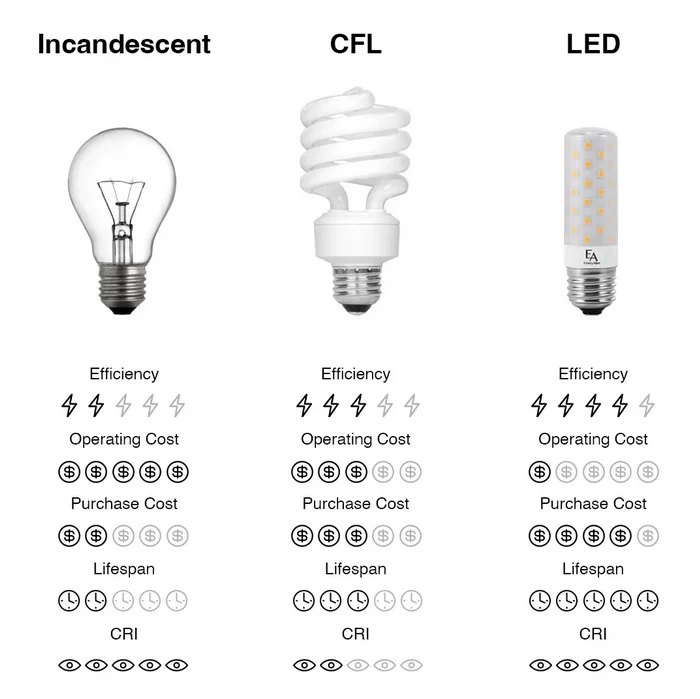
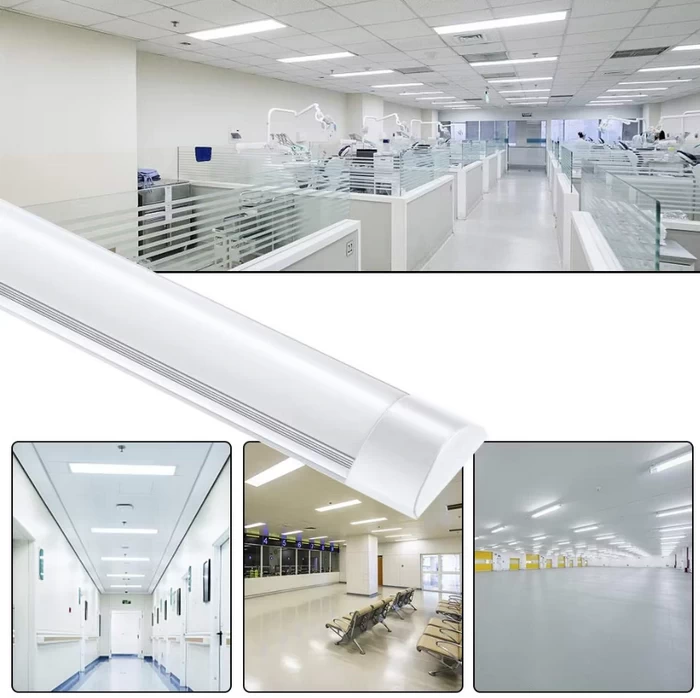
用 LED 取代荧光灯
荧光灯向 LED 转换的感受非常明显,在用户体验、照明质量、节能效率等方面都有显著差异。特别是在办公室、商业和家庭中,LED 照明已经完全取代了荧光灯。
- LED 灯立即开启,没有任何延迟。
- LED 照明的光线更均匀、柔和,让人看得更舒服。
- 在相同亮度下,LED 的耗电量通常是荧光灯的一半,甚至更少。
- LED 的使用寿命可达 25,000 至 50,000 小时,并能承受频繁的开关循环。
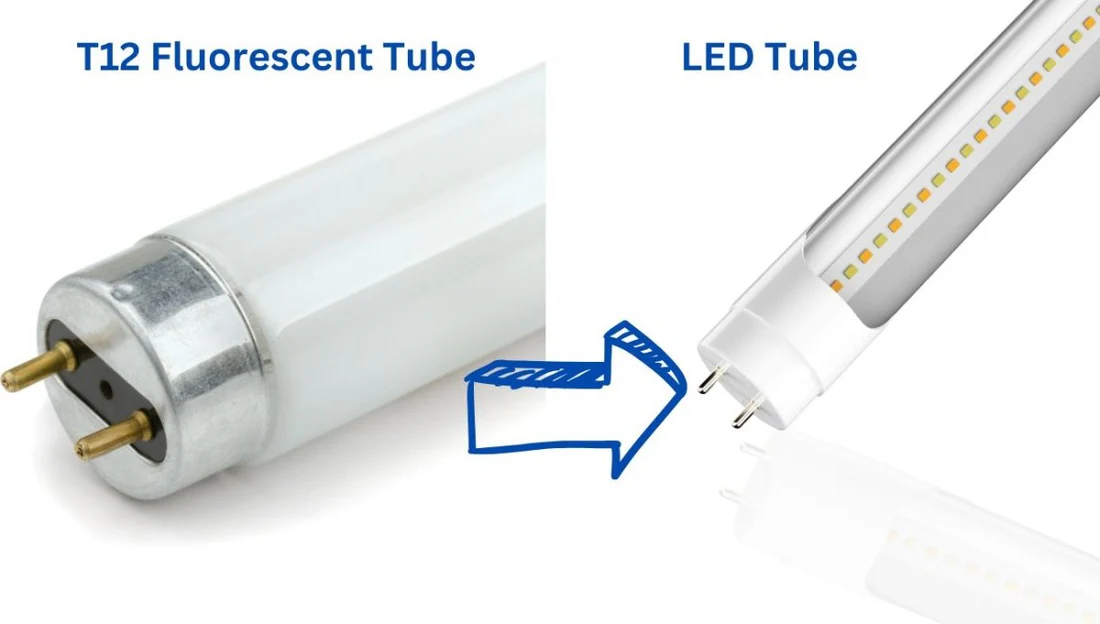
使用寿命和维护:
| 规格 | LED 灯管 | 荧光灯管 |
|---|---|---|
| 平均寿命 | 30,000 小时 | 8,000 小时 |
| 更换频率 | 5-7 年 | 1-2 年 |
| 镇流器故障 | 无 | 平均年故障率:15% |
用 LED 取代荧光灯:
| 替换目标 | LED 选择要点 | 错误选择的后果 |
|---|---|---|
| T8 荧光灯管 | 长度匹配(0.6 米/1.2 米/1.5 米) | 安装故障 |
| 高棚荧光灯 | >10,000lm 高亮度 LED | 照明不足 |
| 防水荧光灯 | IP65 保护等级 | 湿气入侵 短路 |
| 可调光荧光灯系统 | 选择 DALI/PWM 可调光 LED | 调光器功能故障 |
白炽灯和 LED 灯的区别
白炽灯浪费大量能源,许多国家已禁止使用。
科学证明:白炽灯每消耗 100 瓦电力,只有 5 瓦转化为光能,其余 95 瓦则作为红外热辐射被浪费掉。然而,led 在消耗 50W 电力的情况下可以输出相同的光通量(5000lm),而产生的热量只有白炽灯的 1/10。
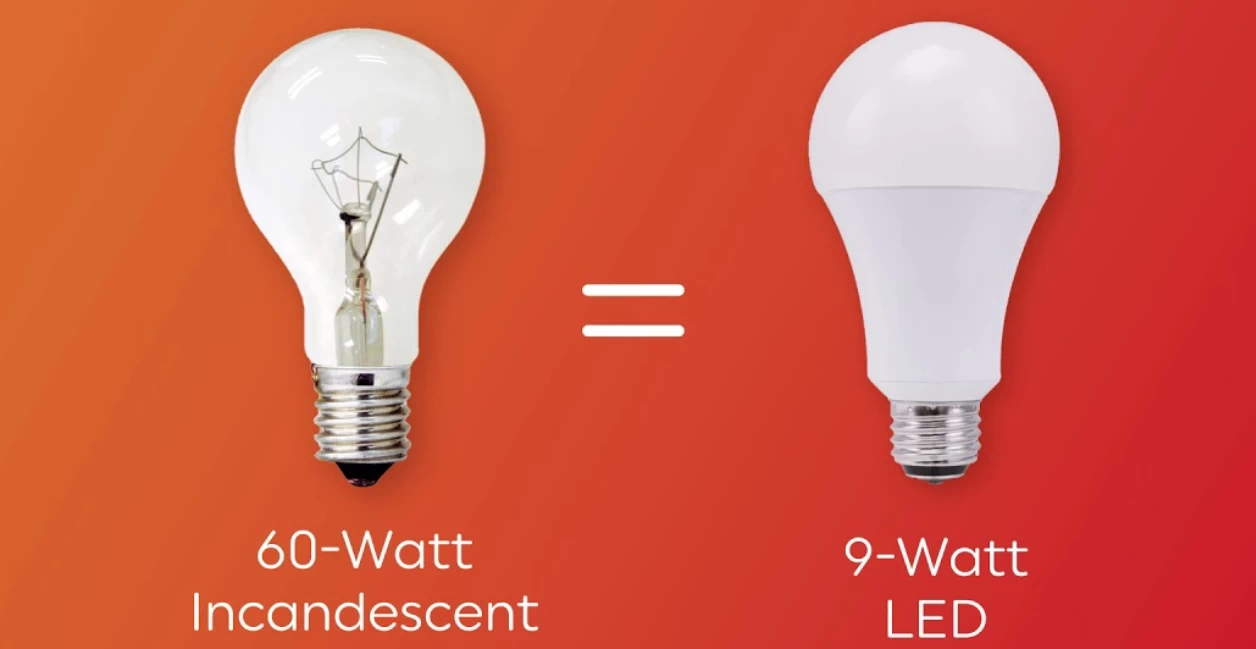
| 场景 | LED 解决方案 | 白炽灯的可行性 |
|---|---|---|
| 超市生鲜食品区 | 5000K 高显色指数 LED(显色指数大于 90) | ❌ 红外热辐射会加速食物变质 |
| 工厂仓库 | 200W LED 工矿灯 | ❌ 500 瓦白炽灯,电费翻倍 |
| 户外广告 | IP67 防水 LED 模块 | ❌ 在雨雾天气,爆破率增加 300% |
荧光灯与白炽灯
白炽灯的光效低(8-15 lm/W),寿命不到 2 000 小时。白炽灯通过加热灯丝发光,光温高达 260°C。不过,它们的显色指数(CRI)高达 90-100。
荧光灯的光效很高(40-70lm/W),寿命不到 15000 小时。它们的启动速度较慢,但能以较少的能耗产生更多的光,而且几乎不产生热量。
扩大 LED 照明的应用范围
住宅照明
由于效率高、用途广,LED 灯正越来越多地取代家用白炽灯泡。从适用于舒适起居空间的暖色调灯光,到适用于厨房的明亮冷色调灯光,LED 灯可以满足各种需求。
工业和商业照明
行业和企业青睐 LED 技术,因为它具有成本效益和耐用性。高棚 LED 灯非常适合仓库,而 LED 泛光灯 是室外区域的理想选择。
人们还会问
从荧光灯转换到 LED 是否很困难?
从荧光灯转换到 LED 照明通常并不麻烦,但是否方便取决于你原来使用的照明灯具类型。
- 如果只是更换试管,通常只需更换即可。
- 如果您需要更换整个灯具,这也是一个不错的选择,因为您不必担心日后的问题。
如何将荧光灯转换为 LED 灯?
改用 LED 不仅仅是安装问题,还需要考虑照明质量,如亮度、色温和照度,以确保升级后不会影响用户体验。
将荧光灯转换为 LED 的步骤: 将荧光灯转换为 LED 的步骤: 将荧光灯转换为 LED 的步骤: 将荧光灯转换为 LED 的步骤
- 确认灯光参数:流明、照度、色温、显色指数和光束角。
- 灯具类型:是更换灯管还是整个灯具。
- 兼容的 LED 灯管或灯具:确保尺寸、电压和连接器匹配。
- 是否需要接线:有些 LED 灯管需要拆除镇流器或重新布线。
- 安装新灯:插入 LED 灯管或更换整个灯。
- 测试照明:接通电源后,验证其功能是否正常。
荧光灯与白炽灯相比有哪些应用?
白炽灯更适合营造气氛,而荧光灯则用于功能性照明。不过,现在它们大部分已被 LED 所取代,后者可以满足这两种应用的需求。
- 荧光灯:办公室、教室、商场、医院、车库、厨房等。
- 白炽灯住宅卧室、装饰照明、吊灯等。





